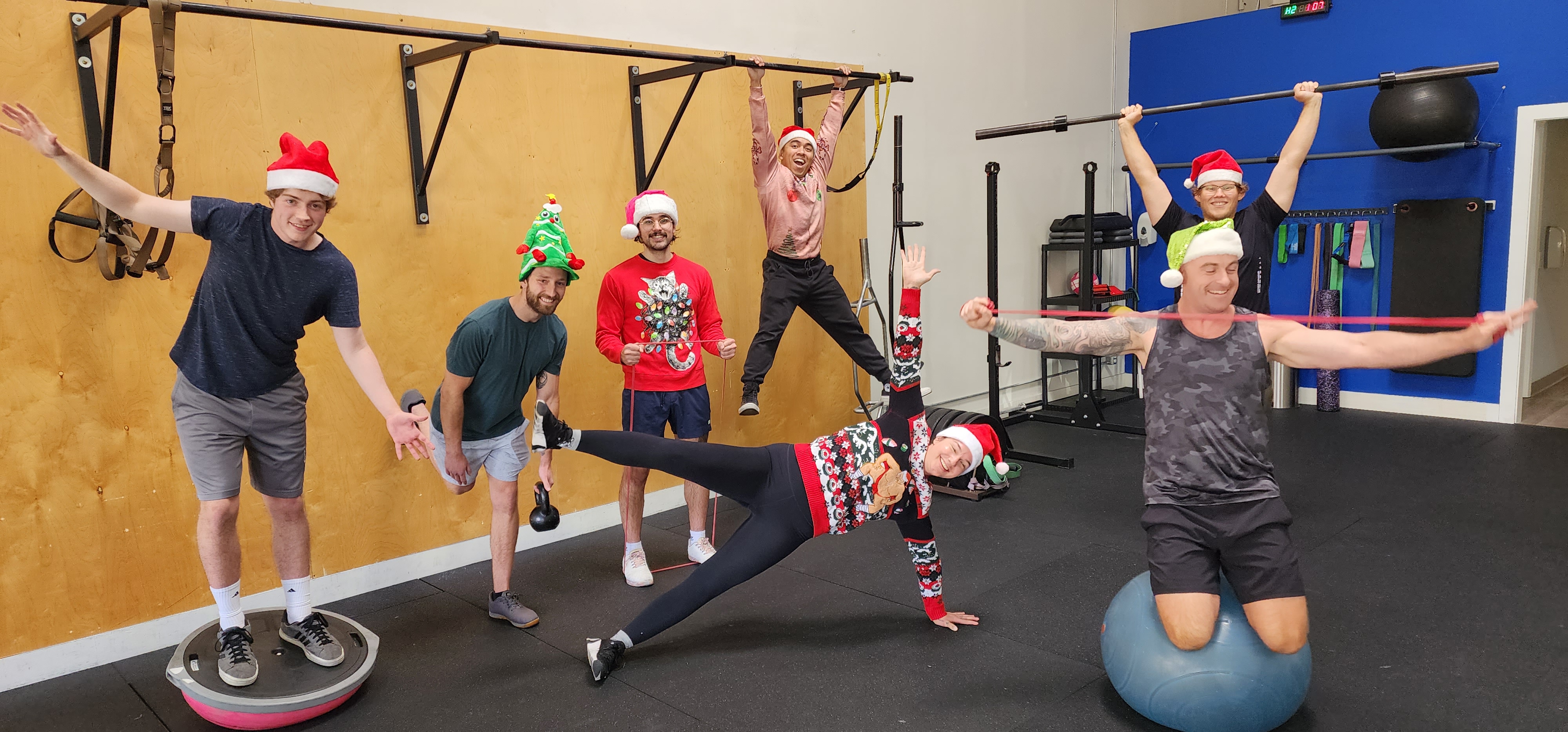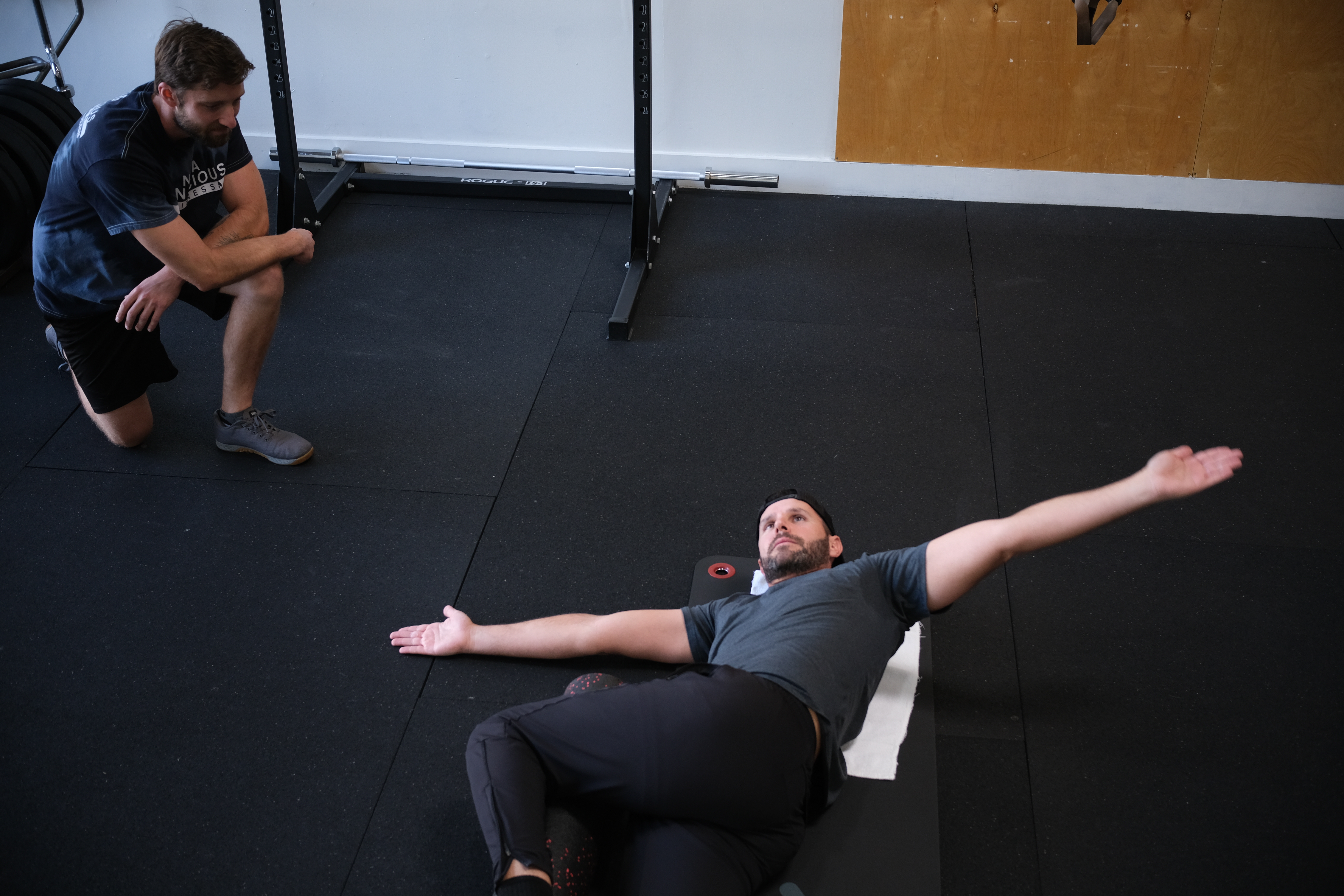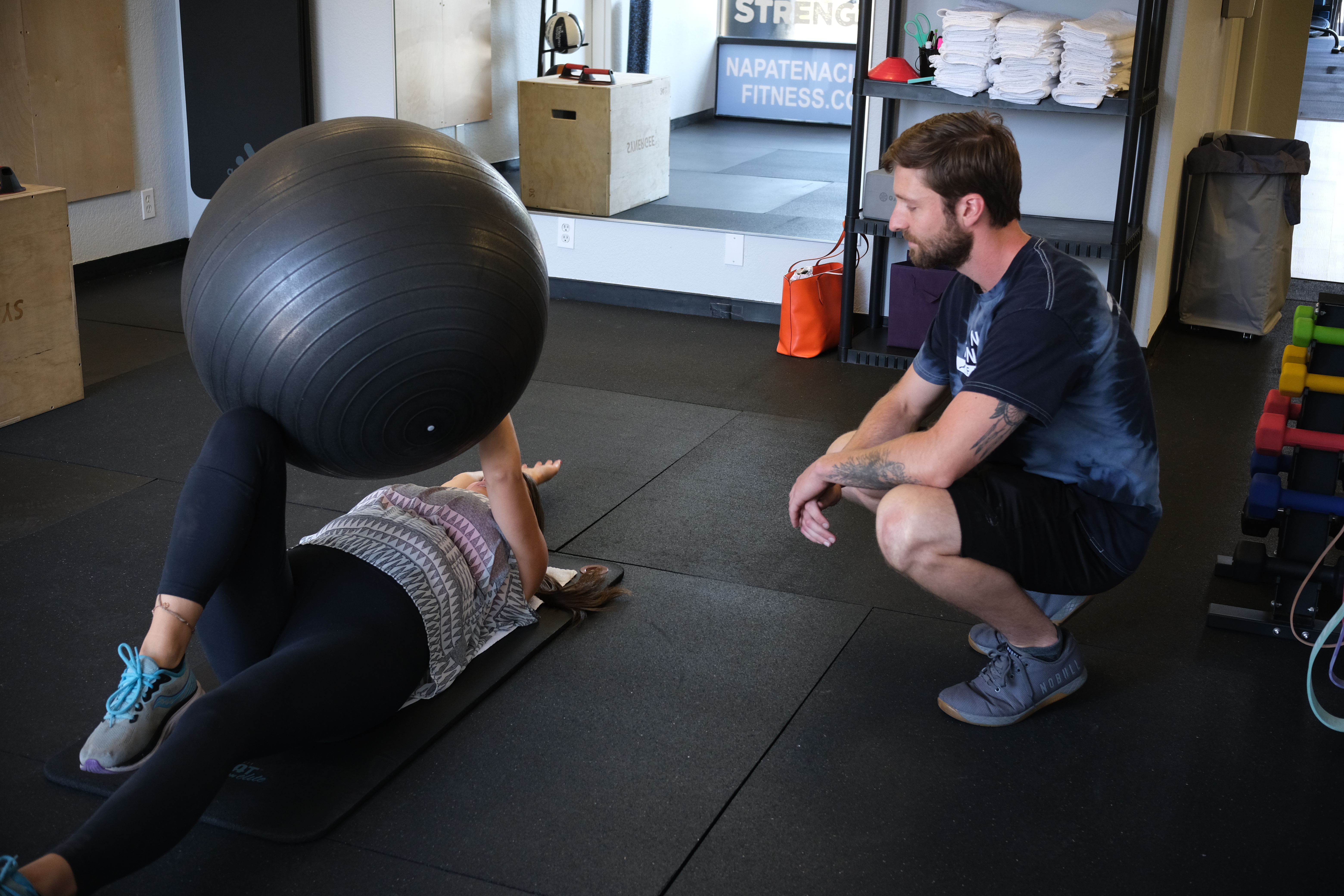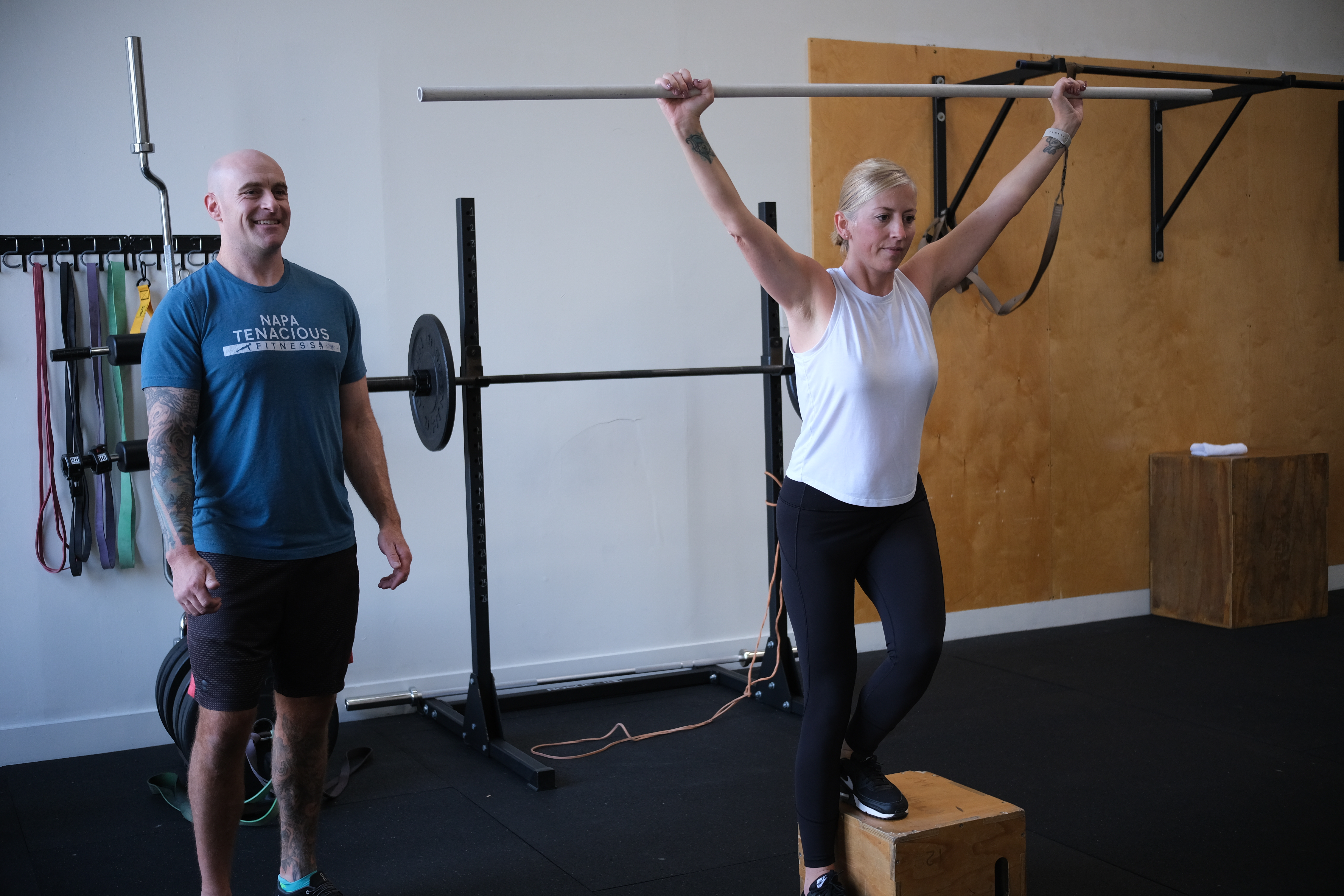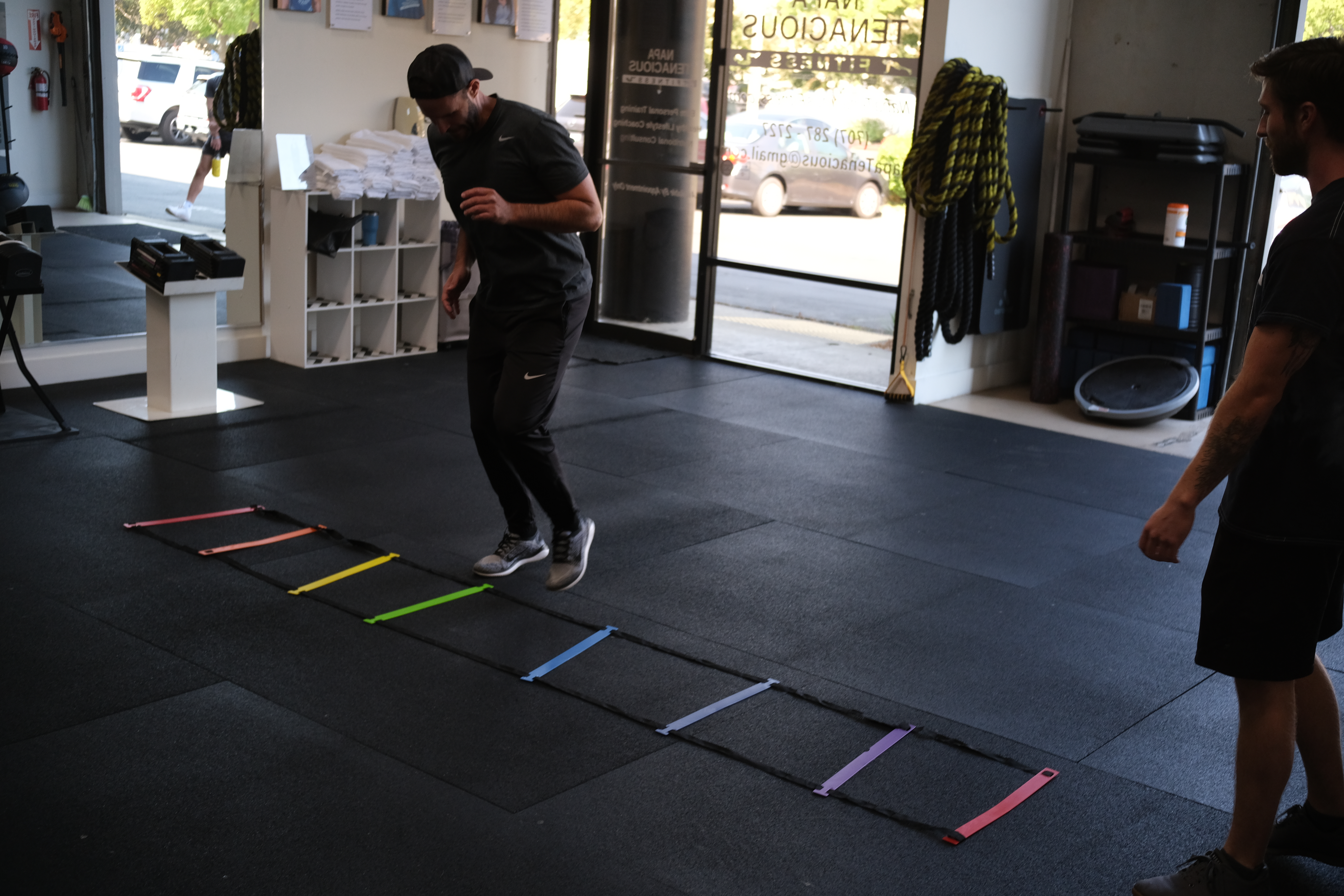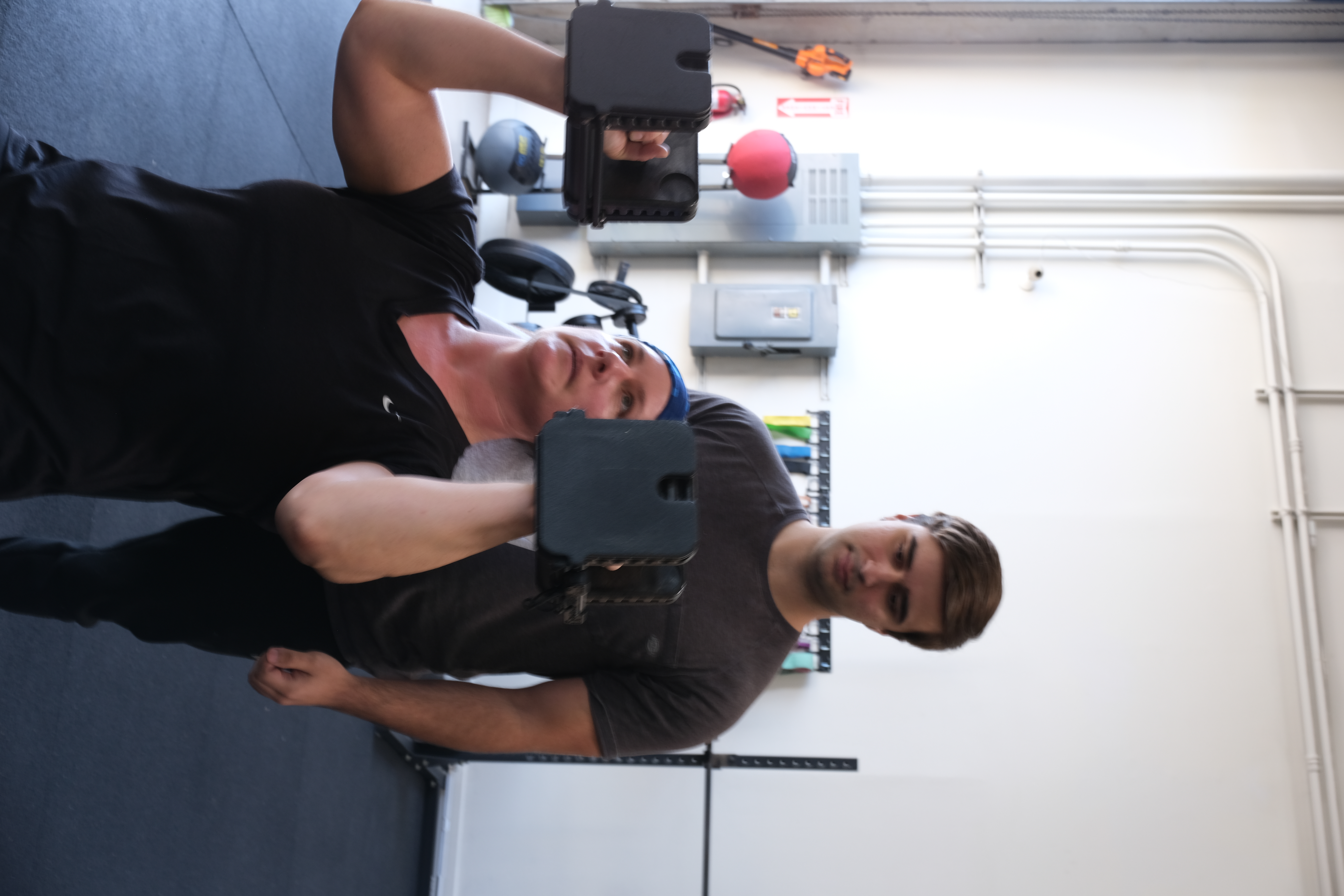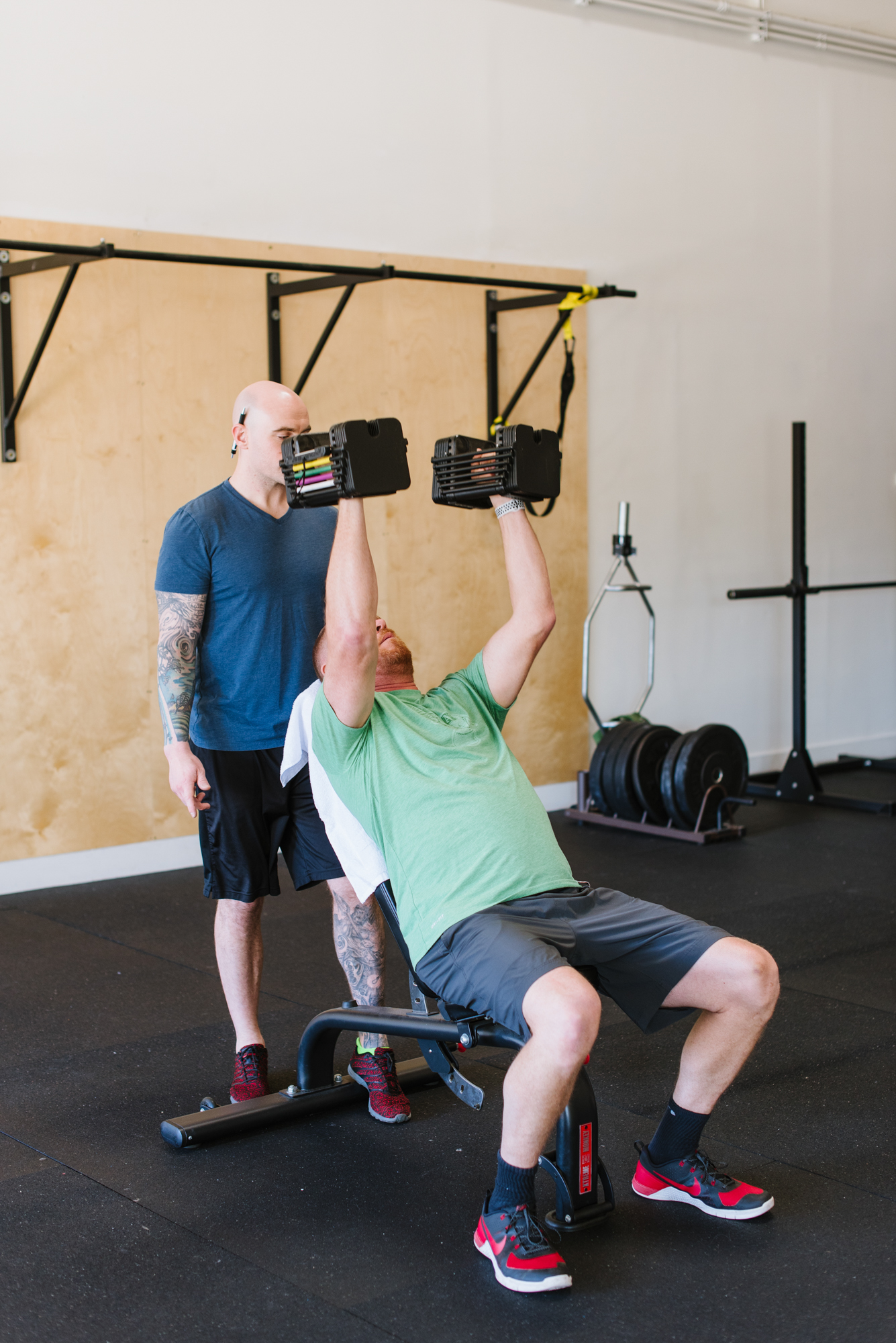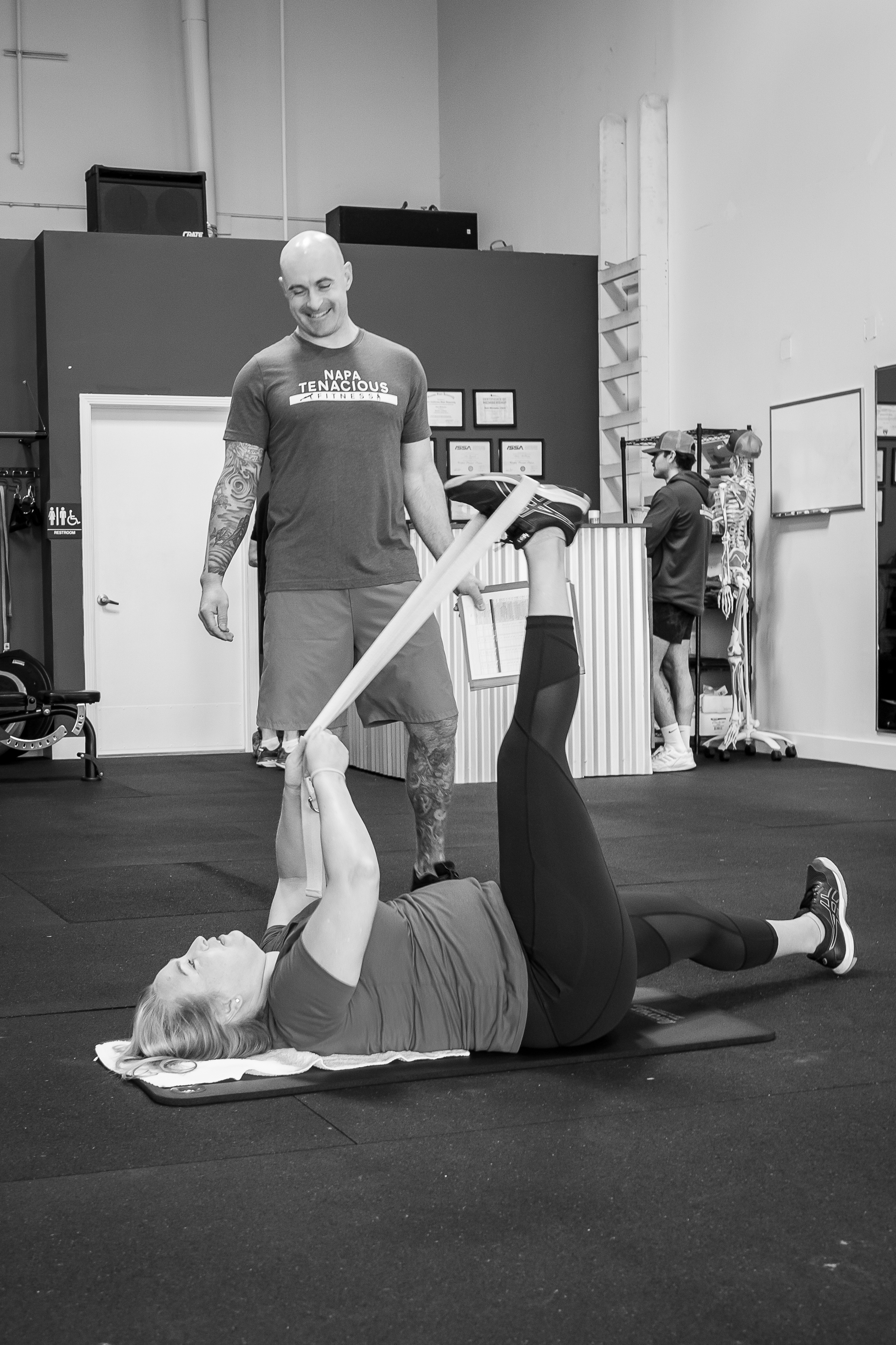Light gray clouds brush across the sky during the brisk, damp winter mornings of Napa as we enter the year’s closing months. “This year just flew by,” can be heard from our peers when Halloween concludes. Following the celebration of dressing up in creative costumes and as the trick-or-candy hits the clearance rack at grocery stores during Halloween festivities of October, Thanksgiving is next.
Gathering with friends, family members, and peers throughout Thanksgiving week offers time to sit back and unwind. Thanksgiving week usually includes taking a few days off work and preparing delicious food to gift the people we care about. Along with the infamous pumpkin spice latte, It’s not uncommon to see Thanksgiving-themed treats at our offices or decadent treats on our counters.
Immediately after Turkey Day, we see December emerge in all of its glory. December 24th and 25th bring about a holiday that is celebrated throughout the nation. Similar to the November festivities of having a few days off of work and being surrounded by holiday-themed treats, December brings about a period of bundling up, galivanting through a series of holiday gatherings, partaking in copious amounts of comfort food and drinks, and kicking your feet up with the family to relax indoors. This is a popular time of the year because we know that we have a powerful representation of society, symbolizing putting forth a game plan to achieve phenomenal accomplishments as December approaches. New Year’s Day is on January 1st. After New Year’s Day hits, the next year will be the best year of our lives. This is where New Year’s resolutions are created.
A resolution can be defined as a firm decision to do or not do something. After twelve months of living our lives to the fullest and accomplishing milestones through our professional careers, interpersonal relationships, and self-care, the first month of the year marks the starting point to the beginning of a new journey toward accomplishing monumental goals. One of the most common goals regarding refining oneself for New Year’s resolutions is making decisions to take better care of our bodies. Common examples of improvements in self-care include losing weight, optimizing our dietary decisions, or engaging in more physical activities. While these goals are motivating and powerful symbolisms, it’s all too often that these New Year’s resolutions are overlooked, discarded, or forgotten by March or as soon as the first week of the New Year.
Falling off from our goals set forth in our New Year’s resolution can occur due to setting lofty expectations in a short amount of time. For example, setting the goal of abstaining from sugar is an effective tactic to refine one’s dietary habits to aid in decreasing fat mass and the risk factors of metabolic diseases. However, to completely omit something commonly consumed in our everyday lives for the previous few years isn’t as simple as it sounds.
Another example that requires strict discipline is making decisions to commit to regular exercise routines. It should go without saying exercising three times a week for over two hours of rigorous physical activity aids the body in developing lean muscle mass, decreasing fat mass, fending off illness, and improving psychological and emotional well-being. Who doesn’t want to be leaner, stronger, and feel less stressed? However, with ads featuring New Year’s specials of signing up for new gym memberships rampantly present in our social media feeds and inbox promotions, this decision seems like a no-brainer. If it was only this easy.
So, why can’t we simply get a membership to one of our local gyms utilizing a New Year’s discount graciously offered by our local fitness facilities and ingrain a routine of health and wellness that immediately becomes a staple in our lives? More often than not, humans will either choose to continue or abandon an activity based on whether that activity is enjoyable or not. In other words, people fall off from their New Year’s resolution of developing a fitness routine because it isn’t fun or it becomes boring.
Who said exercise can’t be fun? Does exercise need to be defined as driving up to a crowded gym parking lot at 5:30 PM immediately after getting off work? Or, do we need to enter a small group fitness class led by instructors directing us to perform movements that feel uncomfortable and even painful? The answer is no.
Similar to revisiting your favorite restaurant three or more times a year, humans enjoy returning to experiences that leave them feeling happy, comfortable, and energized. For instance, my favorite pizza in Napa Valley is the takeaway pizza from R+D Kitchen in Yountville. Their Hawaiian-style pizza has a texture that feels toothy and doughy, pineapples and mind-blowing house-made sauce with just the right amount of acidity, thinly sliced red onions that aren’t too chunky, and jalapenos applied in just the right quantity so as to not blow my face off with spiciness. This same heartfelt and memorable feeling I experienced with food can be said for my experience in my weight-lifting routine and when I play three hours of pickleball with my friends. I can describe in excruciating detail why these activities bring about such fun and splendor in the soul. Could I say the same for running for thirty minutes on a treadmill? Absolutely not. I would lose my mind.
However, the same can’t be said for others who experience a feeling of mind-opening catharsis when running for hours. In that instance, running is an entry into a realm void of distractions and stress. Additionally, perhaps long hikes into the open under redwood trees and mossy-covered trails pave a road of freedom for someone who enjoys hiking. Or, maybe setting thirty minutes aside to play “Just Dance” or “Dance Dance Revolution” on the Nintendo brings joy to the soul through interacting with a video game while achieving physical activity. The point is that if there is something we truly enjoy, look forward to, and remember, the likelihood of returning to that activity is increased. The urge to return to physical activities that are fun creates strong building blocks for developing a routine of fitness.
After these slower, darker, and colder last few months of the year, the motive to refine our physical well-being is going to be a popular mindset as a New Year resolution. Before we decide to sign up for the next New Year’s special offered by a fitness advertisement, take a step back and identify some physical activities you enjoy. By choosing a physical activity that warms our soul, we can adhere to a routine that is not only good for our body but also ignites a sense of exuberance in our overall existence. If we want to make a resolution that can stick with us for the long run, we never want to stop having fun, and we should always want to keep playing.
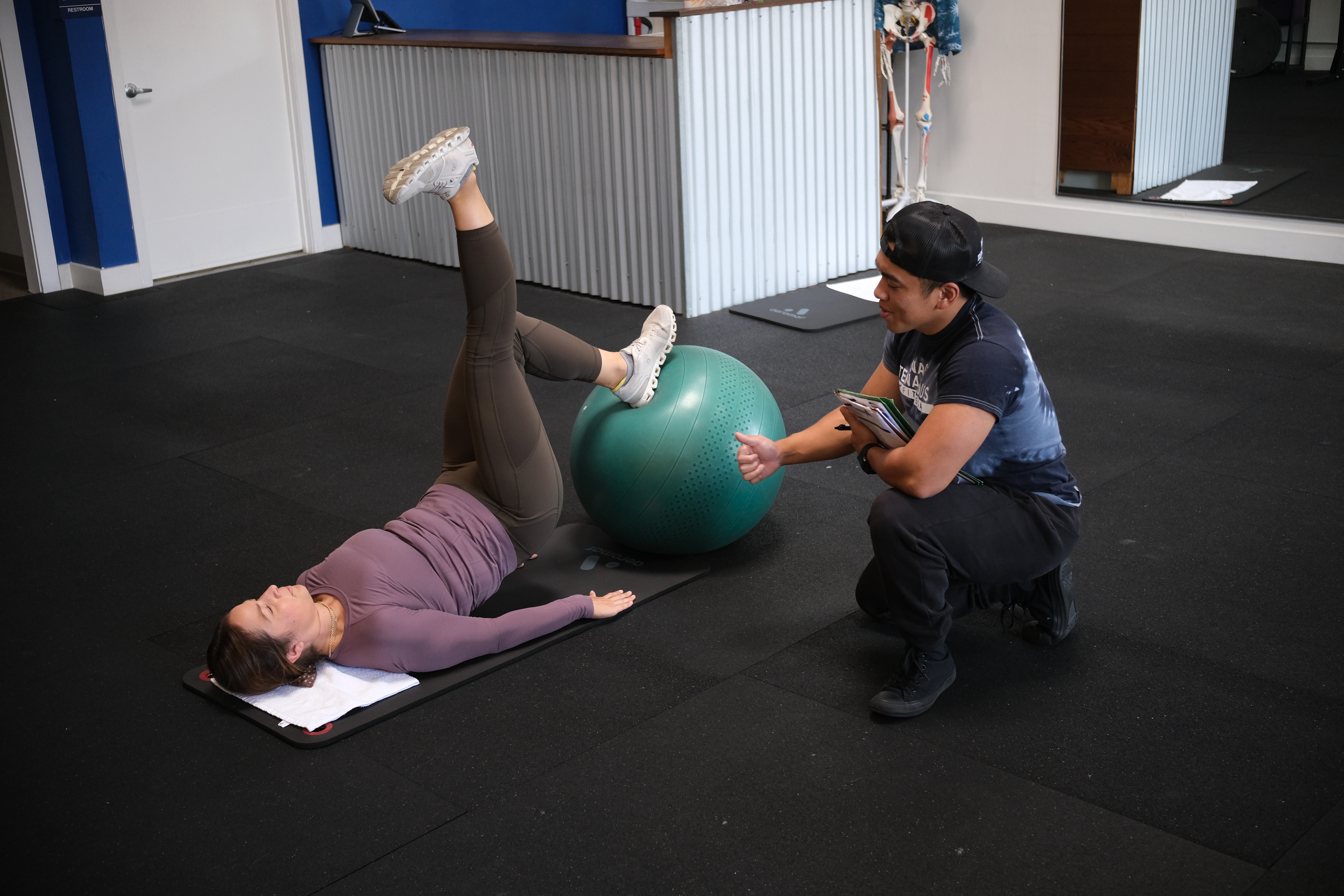
Sean McCawley, the founder and owner of Napa Tenacious Fitness in Napa, CA, welcomes questions and comments. Reach him at 707-287-2727, napatenacious@gmail.com, or visit the website napatenaciousfitness.com.

